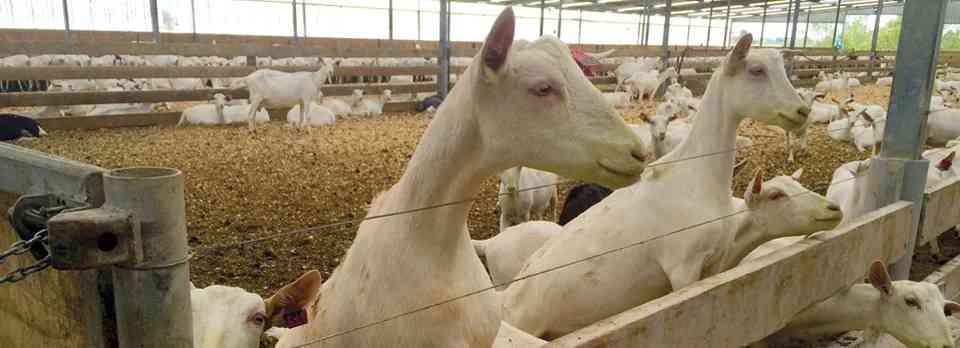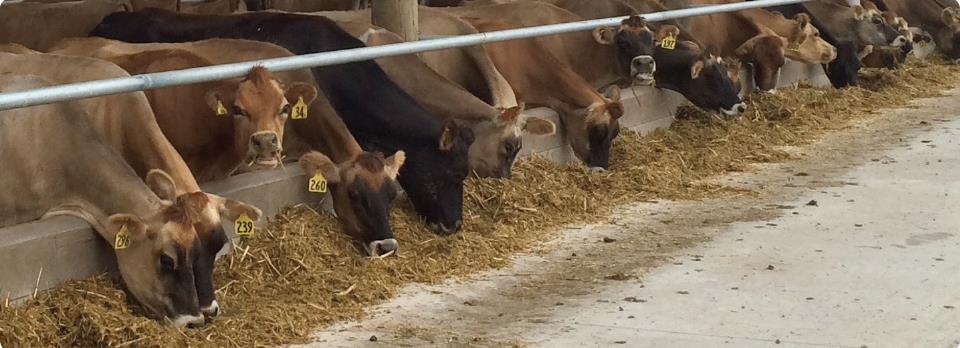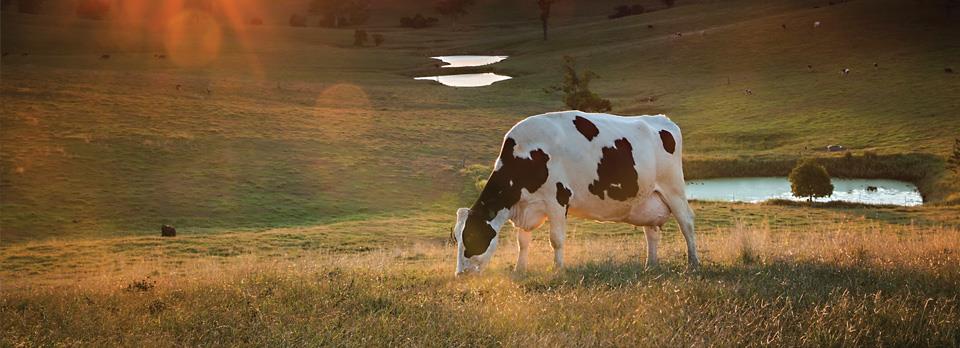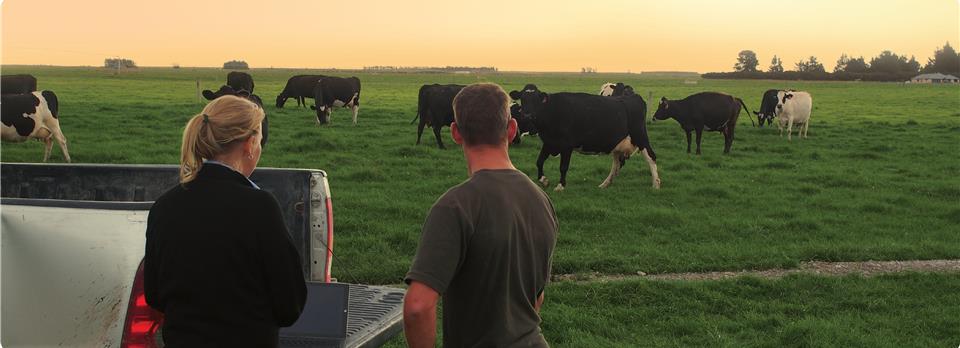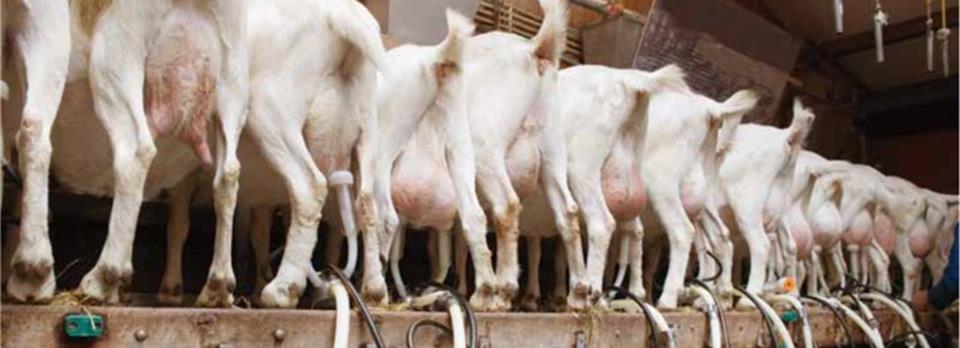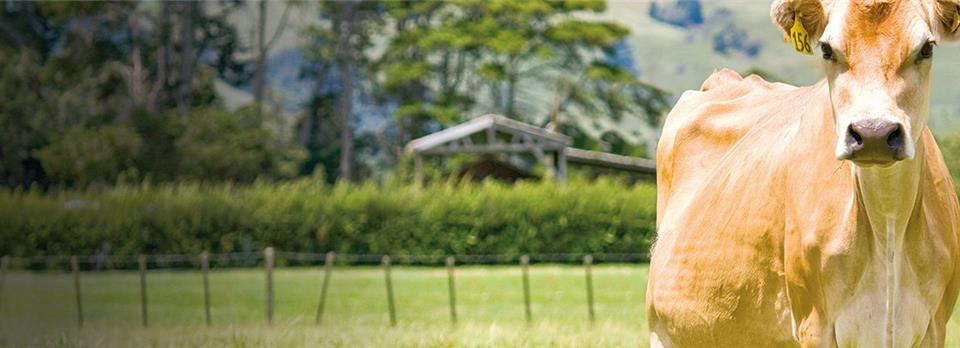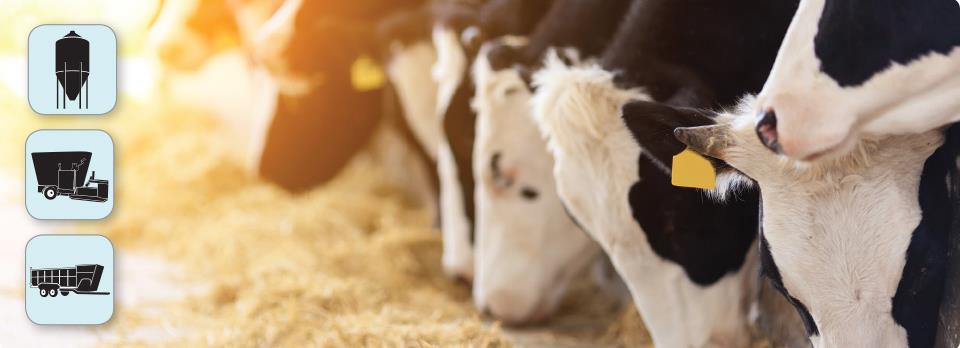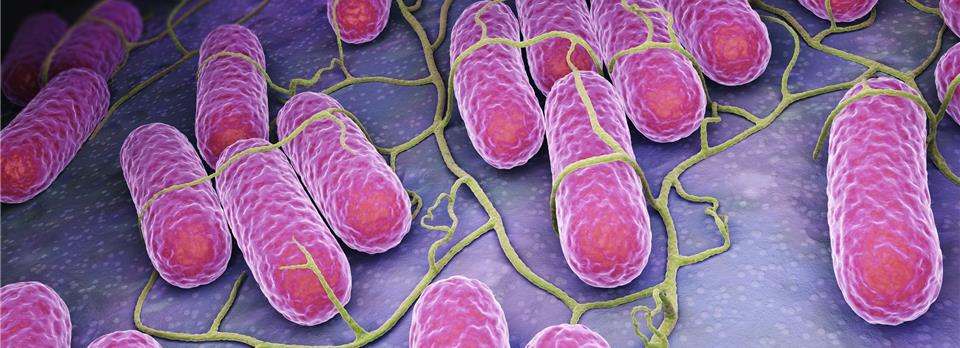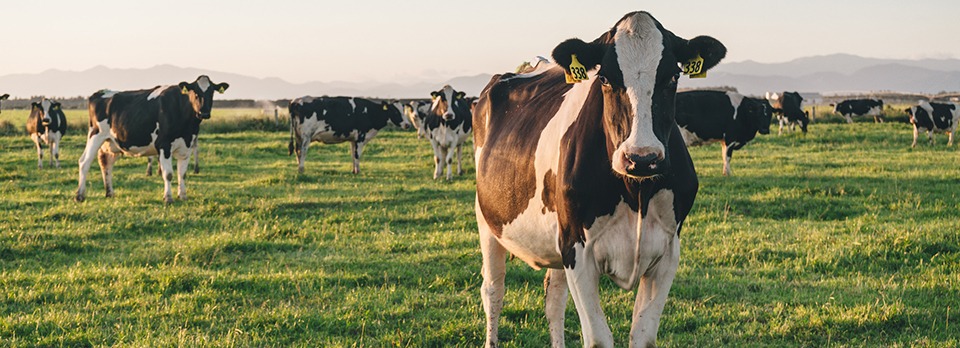
MANAGING DCAD LEVELS IN NEW ZEALAND SPRINGER COWS
I recently wrote an article on the unseen impact of milk fever and how widely spread this issue can be without correct mineral support. The challenge of calcium deficiency is a fairly large topic and it’s important to now cover the other key information farmers should consider in managing the pasture dominant diets of our dairy herds at this critical time.
Pasture still makes up a significant portion of the diet for many of New Zealand’s springer cows. Our lush pasture and high growth levels lead to higher than optimal levels of potassium. Levels in the plant can often supply potassium in excess of 300% of a cow’s daily nutritional requirement. High potassium not only restricts the animal’s ability to uptake other essential minerals, it also changes the acid/alkali balance of the body which can seriously impact the body’s ability to release hormones critical to calcium utilisation during calving and early lactation.
The DCAD system of feeding involves adding acid forming salts to the diet of springer cows in an attempt to further drive this metabolic acid/alkali balance slightly more towards the acid range, thus facilitating the release of the hormones required to release calcium. Provided this feeding system is correctly implemented, when compared to other options, this approach is also very cost effective.
CALCIUM OR NO CALCIUM?
The calibration used in the correct formulation of these diets is expressed in total milliequivalents (mEq). An unmodified pasture-based springer cow diet can typically have a DCAD anywhere from +350 to +550 mEq’s or even higher, dependent on the level of pasture being fed. The aim is to get the mEq level of the diet down as low as possible. Under New Zealand conditions that normally means somewhere between -15 to +120 mEq’s. This is achieved by manipulating the feed sources in the diet and then adding a specific blend of acid forming salts. With the correct blend, palatability is maintained while reducing the total feed DCAD levels substantially.

